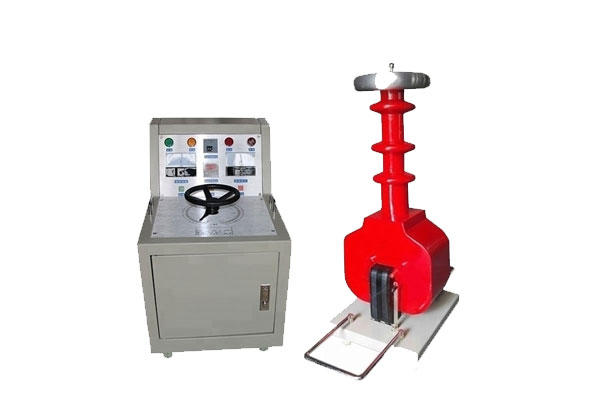The hipot test is the most common type of safety test. This test is designed to stress a product’s insulation beyond what it would encounter during normal use. The reasoning behind this test is that if the insulation can withstand high voltage for short period of time, it will be safe to use at nominal voltage throughout its useful life.
One of the main advantages of the hipot test is its versatility. In addition to measuring leakage currents and detecting breakdowns, you can also use it to detect:

Material and workmanship defects.
Weak points in the insulation.
Small gap spacing between conductors. Air is just an insulator and hipot voltage will “jump” through the air across gaps that are too small. Condensation, dirt and contaminants in the insulation.
When running ATO hipot tester, high voltage is applied to the mains conductors (LINE and NEUTRAL). The hipot return point is connected to the bare metal chassis of the fan. You’re essentially creating a capacitor, where the product insulation is the dielectric material. The hipot tester measures the resulting leakage current flowing through the insulation (represented as capacitors between mains and ground).
